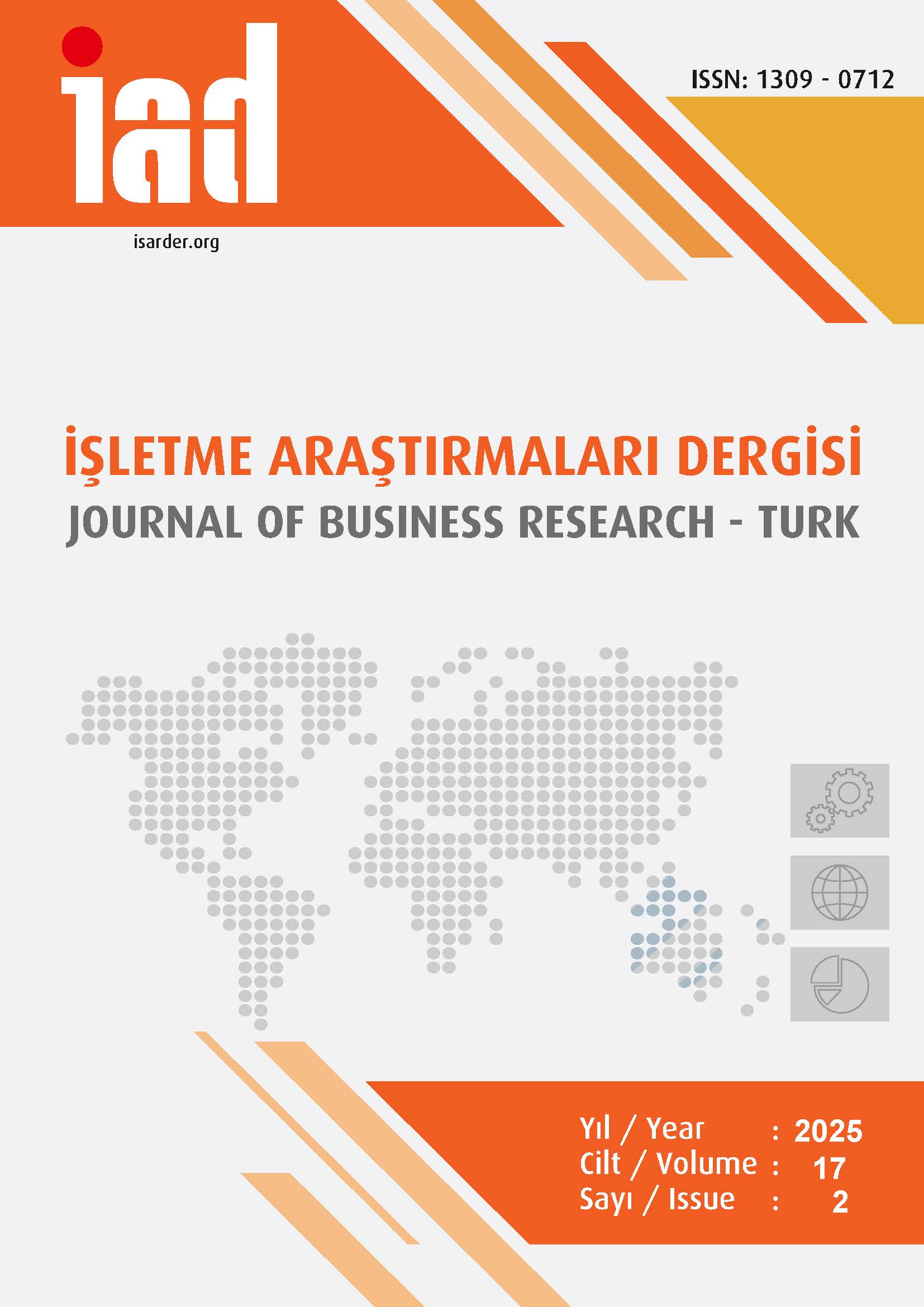Jobless Growth in the European Union: Panel Fourier Toda-Yamamoto Causality Test
DOI:
https://doi.org/10.20491/isarder.2025.2057Keywords:
Jobless Growth Hypothesis, Economic Growth, Panel Fourier Toda-Yamamoto, Causality TestAbstract
Purpose – To analyze the validity of the jobless growth hypothesis for the economies of the 27 member states of the European Union (EU) with annual data covering the period 1991-2022 by using the Panel Fourier Toda-Yamamoto causality test using employment rate and growth rate data. Since 2023 employment data have not yet been entered in some countries, the data set ends in 2022. Design/methodology/approach – The variables are first tested for cross-sectional dependence, homogeneity and the presence of unit roots using the Panel Fourier Lagrange Multiplier (LM) unit root test. Finally, the Panel Fourier Toda-Yamamoto causality test is used to examine the causality relationship between economic growth and employment variables. Findings – While the jobless growth hypothesis is not valid in 7 member states of the EU, it is valid in the remaining 20 countries. Discussion – In 7 EU member states (Bulgaria, Czechia, Finland, Germany, Luxembourg, Luxembourg, Portugal and Romania), economic growth leads to employment, which means that the jobless growth hypothesis is not valid in these countries. In the remaining 20 countries, it is found that economic growth does not cause employment and therefore the jobless growth hypothesis is valid. This result means that although economic growth has been realized in 20 countries, employment has not increased.
Downloads
Published
How to Cite
Issue
Section
License

This work is licensed under a Creative Commons Attribution-NoDerivatives 4.0 International License.





